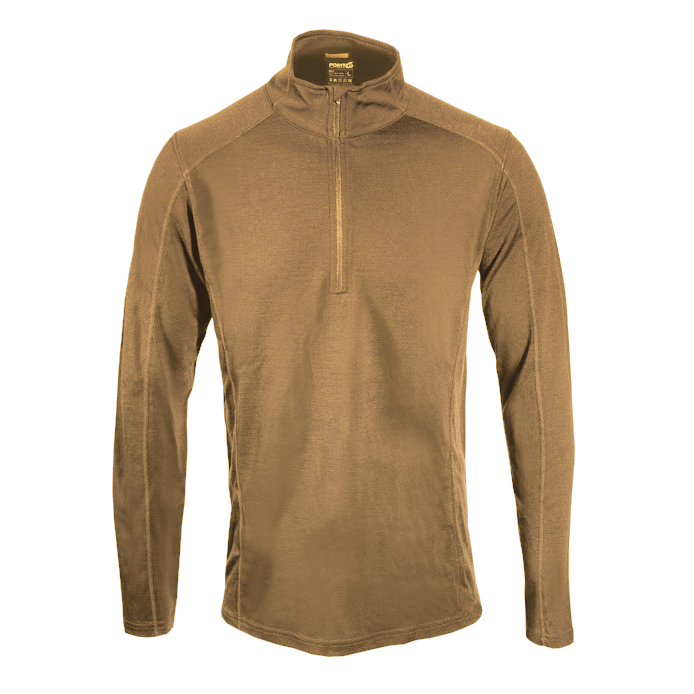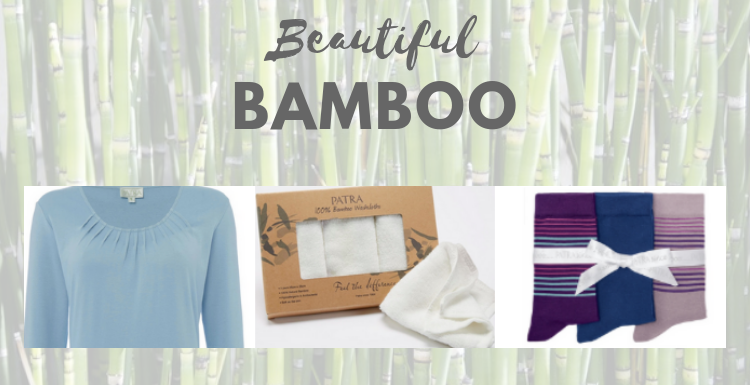Top Rated Merino Wool Base Layer Blog
Wiki Article
What Makes The Base Layers Of Yak Wool Effective For Winter Sports Clothing In Terms Of Temperature Regulation, Warmth, Moisture Management, Comfort And Durability?
Yak merino base layers are the best choice for winter sports clothing. They stand out due to a combination factors that increase warmth and temperature regulation.
Both the merino and yak wool possess naturally insulating properties. Yak wool, with its hollow fibers, traps air and provides excellent warmth. Merino wool is also famous for its insulation.
Controls Body Temperature The combined fabric regulates body temperature, trapping the heat when it's cold, and allowing air to move through to ensure that you don't overheat during intense activity.
Moisture Management-
Merino Wool is a Moisture Wicking. Merino's wicking properties pull moisture from the skin dispersing it, preventing sweat from accumulating. Yak fibers also help transport moisture to keep the wearer cool and dry during vigorous physical exercise.
Comfort-
The softness Merino wool has soft, fine fibers. They are supple and do not cause irritation to skin. The combination of soft fibers from yak, also known as merino wool, enhances the comfort.
Odor Resistance - Both types of wool have antimicrobial properties that reduce the growth of odor-causing bacteria and ensuring that the clothing remains fresh.
Durability-
Resilience and Strength - Yak is a tough fiber. However, when it's coupled with merino, it gets stronger and more durable to wear. This makes the fabric suitable for demanding activities.
Natural Fiber Benefits-
Renewability- Yak and merino wool are renewable and biodegradable fibers, making them environmentally friendly selections.
Variability - The inherent properties of these wools enable them to adapt to a variety of weather conditions, while maintaining their efficacy in wet and dry environments.
The blend of yak and merino makes use of the strengths of each material to create the perfect fabric providing warmth, regulating temperature, managing moisture, ensuring comfort, and offering durability. This makes yak and merino wool-based base layers suitable for winter sports wear. They are specifically designed to meet the requirements of outdoor activity in cold climates, and maintaining the wearer dry and warm. Have a look at the best merino wool base layer for website recommendations including sitka base layers, wool long underwear mens, smartwool merino 250 bottoms, wool long underwear women's, smartwool 1 4 zip, merino wool ski base layer, wool base layer mens, merino wool base layer women's sale, merino wool leggings women's, ski layers and more.

What Are The Benefits Of Wearing Bamboo Clothing In Regard To Thermal Regulation, Uv Protection, Biodegradability And Environmental Impact.
Bamboo clothing offers many benefits in regards to thermal regulation and UV protection.
Insulation – Bamboo fabric offers natural thermal regulation properties. This provides warmth and comfort during colder conditions while remaining breathable. It helps regulate body temperature by retaining warm temperatures in cooler temperatures as well as providing ventilation during activity to avoid overheating.
UV Protection
UV Resistance- The bamboo fabric offers natural protection against harmful UV rays. Bamboo fabric blocks up to a third of the UV rayons.
Biodegradability-
The bamboo clothes are environmentally friendly. They are biodegradable. They break down naturally and do not pollute the environment. This helps reduce waste as well as the environmental impact caused by clothing that is thrown away.
Environmental Impact-
Sustainable - Bamboo as a raw material is extremely sustainable. It is a fast-growing, abundantly and with no chemical fertilizers. Fast expansion makes it a long-lasting resource.
Bamboo is more efficient in water use because it consumes less water than other crops, like cotton. This helps in conservation efforts and lessens the stress on the water resource.
Soil Conservation
Soil Health- Bamboo cultivation typically doesn't deplete soil nutrients or require extensive irrigation, leading to better soil conditions and reducing the need for harmful agriculture practices.
Carbon Sequestration
Carbon Absorption - Bamboo has the ability to absorb CO2 and release it more efficiently than other species. This attribute helps reduce carbon emissions as well as combat climate change.
Bamboo clothing offers many benefits that include thermal regulation, UV blockage and biodegradability, as being a positive influence on the earth. This is why it is a great option for those looking to purchase functional, sustainable clothes. These qualities align with environmental conscious practices and bring advantages to the environment and the wearer. Follow the recommended bamboo clothing for blog tips including checkered bamboo pajamas, shakuhachi clothes, bamboo bed clothes, bamboo fishing shirts, childrens bamboo socks, bamboo boxer shorts for men, bamboo yoga trousers, bamboo boxer shorts for men, bamboo sweatshirt, organic bamboo pajamas and more.

What Are The Differences In The Texture, Warmth And Absorption Of Bamboo Or Merino Compare To That Of Wool?
In comparing merino wool bamboo clothing, and traditional wool, we can compare them in terms of texture, warmth, and moisture absorption. Texture-
Merino Wool Merino Wool's softness and fine fibers make it soft and smoother than traditional wool. It's often considered more comfortable against the skin.
Bamboo Clothing Bamboo clothing is smooth and silky. It's often compared with high-end materials like silk or Cashmere. Bamboo has a smooth and soft texture, providing a comfortable wearing experience.
Traditional Wool- The feel can differ. Certain types of wool can feel rougher or more likely to cause itching or irritation compared with merino and bamboo clothing.
Warmth-
Merino Wool- Merino wool offers excellent warmth due to its insulating properties. It's a great insulator in cold weather and keeps warmth even when damp.
Bamboo Clothing provides warmth, although it isn't the same amount of insulation as wool. It regulates body temperature, and can be comfortable in a range of conditions.
Traditional Wool- Much like the wool of merino traditional wool offers warmth and insulation. However, it can sometimes feel heavier or bulkier than bamboo or merino clothes.
Moisture Absorption-
Merino Wool Merino Wool is a natural fiber that has amazing moisture-wicking properties. It pulls moisture away from the skin and allows it to evaporate. Even when damp, it remains warm.
Bamboo clothing- Bamboo fabric also has a wicking effect, which allows it to draw moisture away from the skin. This gives comfort and support during physical activity. It regulates moisture and keeps wearers dry.
Traditional Wool- Although wool can absorb water, it does not have the same moisture-wicking characteristics as merino or bamboo fabric. Wool can be dry and heavy when wet.
Merino wool is known for its warmth, softness and ability to wick moisture. Bamboo clothing offers a silky and smooth feel, ample warmth, and great moisture control. Traditional wool is diverse in texture and may provide warmth and moisture absorption however it may feel coarser or heavier in comparison to bamboo or merino clothes. Each type of material has its own characteristics which cater to different clothes preferences and needs. View the most popular bamboo winter clothings for blog info including merino base layer, wool base layer, best merino wool base layer women's, ski thermals, smartwool merino 250, wool thermal base layer, merino wool first lite, ski base layer pants, merino wool underlayer, ll bean merino wool base layer and more.
